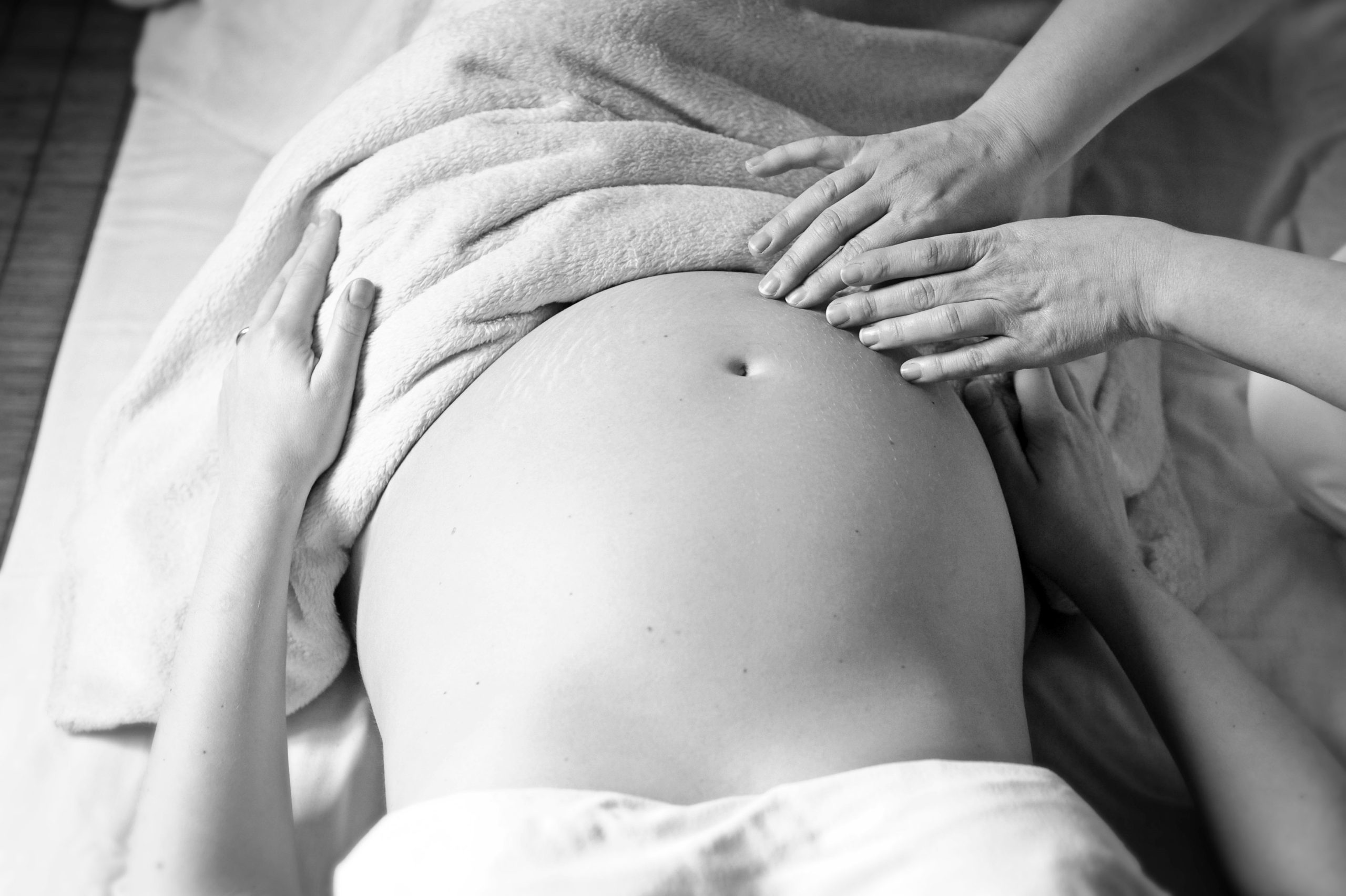My 24 years of supporting mothers have confirmed that childbirth is not just a physiological process but a profound emotional transformation. When women prepare adequately—with social support, family backing, and comprehensive education—they become physically and emotionally ready for this life transition. A supported pregnancy becomes an intentional waiting period rather than merely a “condition,” and such preparation significantly reduces both injury risks and the likelihood of postpartum depression.
Physical effects of childbirth: natural changes vs. preventable harm
Pregnancy and childbirth naturally stress the body, but unnecessary interventions can exacerbate harm:
Pelvic floor system
- Natural stretching : Normal tissue softening facilitates delivery.
- Episiotomy overuse : A large number of episiotomies are performed unnecessarily, far exceeding the WHO-recommended rate of 15–20% (WHO, 2018). Research shows that natural tearing heals faster with fewer complications (Jiang et al., 2017).
Hormonal changes
- Natural shifts : Hormonal changes help the mother focus on her newborn’s needs.
- Synthetic oxytocin risks : Routine synthetic oxytocin disrupts natural hormonal processes, increasing the risk of postpartum depression by 32% (Gu et al., 2020) and inhibiting natural bonding (Uvnäs-Moberg et al., 2020).
Pain and recovery
- Normal regeneration : Postpartum recovery helps women process their transition to motherhood.
- Traumatic experiences : 68% of women recall humiliating comments during childbirth (Birth Trauma Association, 2022). Such experiences are primary causes of PTSD, with effects lasting for years.
The mind-body connection
In my practice, I’ve observed that when women:
- Prepare properly
- Birth in supportive environments
- Exercise their autonomy rights
They experience significant reductions in:
- Unnecessary interventions
- Birth injuries
- Psychological trauma risks
These solutions are just examples. Everyone has different needs, priorities, and issues. What works for one person may not work for another. Experiment to find what helps you, and don’t worry if it’s unique.
Education:
- Study WHO birth guidelines (WHO, 2018).
- Choose evidence-based birth preparation courses.
Planning:
- Create a birth plan.
- Attend preparation courses (group experiences foster healing and empowerment).
- Learn to refuse unnecessary procedures.
Support systems:
- Hire a doula (reduces interventions by 25%) (Bohren et al., 2017).
- Involve family members for emotional and physical support.
Physical recovery:
- Pelvic floor therapy:
- Kegel exercises
- Deep core training
- Consult a physiotherapist for specialized guidance.
Hormonal balance:
- Take Omega-3 supplements to reduce inflammation and support mood (Clayton & Ladi, 2015).
- Engage in gentle postpartum activities like yoga or walking.
Trauma processing:
- Journaling and support groups for emotional processing.
- Seek professional counseling from a psychologist specializing in birth trauma.
Hope and change
Current practices often prioritize hospital routines over women’s needs. However, alternatives exist. Every woman deserves:
- Bodily autonomy
- Emotional safety
- Dignified birth experiences
(Remember: Birth isn’t a competition but a transformation. While some pain is inevitable, a supported and respectful birth is every woman’s fundamental right.)
Postpartum challenges are not inevitable. Emerging solutions—such as trauma-informed obstetric protocols and increased professional focus on maternal autonomy—offer hope. Seek help; change happens step by step.
References:
- World Health Organization. Intrapartum Care for a Positive Childbirth Experience: WHO Guidelines . Geneva: World Health Organization, 2018. https://www.who.int/publications/i/item/9789241550215 .
- Jiang, Hong, Xu Qian, Liangkun Ma, and Therese Hesketh. “Selective Episiotomy vs. No Episiotomy or Routine Episiotomy: A Systematic Review and Meta-Analysis.” BJOG: An International Journal of Obstetrics and Gynaecology 124, no. 8 (2017): 1163–1172. (PDF) Selective versus routine use of episiotomy for vaginal births in Shanghai hospitals, China: a comparison of policies.
- Gu, Vivian, Jennifer L. Payne, and Zachary Kaminsky. “Synthetic Oxytocin Administration During Labor and Risk of Postpartum Depression: A Systematic Review.” Journal of Clinical Psychiatry 81, no. 4 (2020). Oxytocin and postpartum depression: A systematic review – PubMed.
- Bohren, Meghan A., Erin C. Hofmeyr, Carol Sakala, Rieko K. Fukuzawa, and Anna Cuthbert. “Continuous Support for Women during Childbirth.” Cochrane Database of Systematic Reviews 7 (2017): CD003766. https://doi.org/10.1002/14651858.CD003766.pub6 .
- Birth Trauma Association. Psychological Impact of Birth Trauma: Annual Report 2022 . Accessed October 10, 2023. https://www.birthtraumaassociation.org.uk/resources/reports/ .







